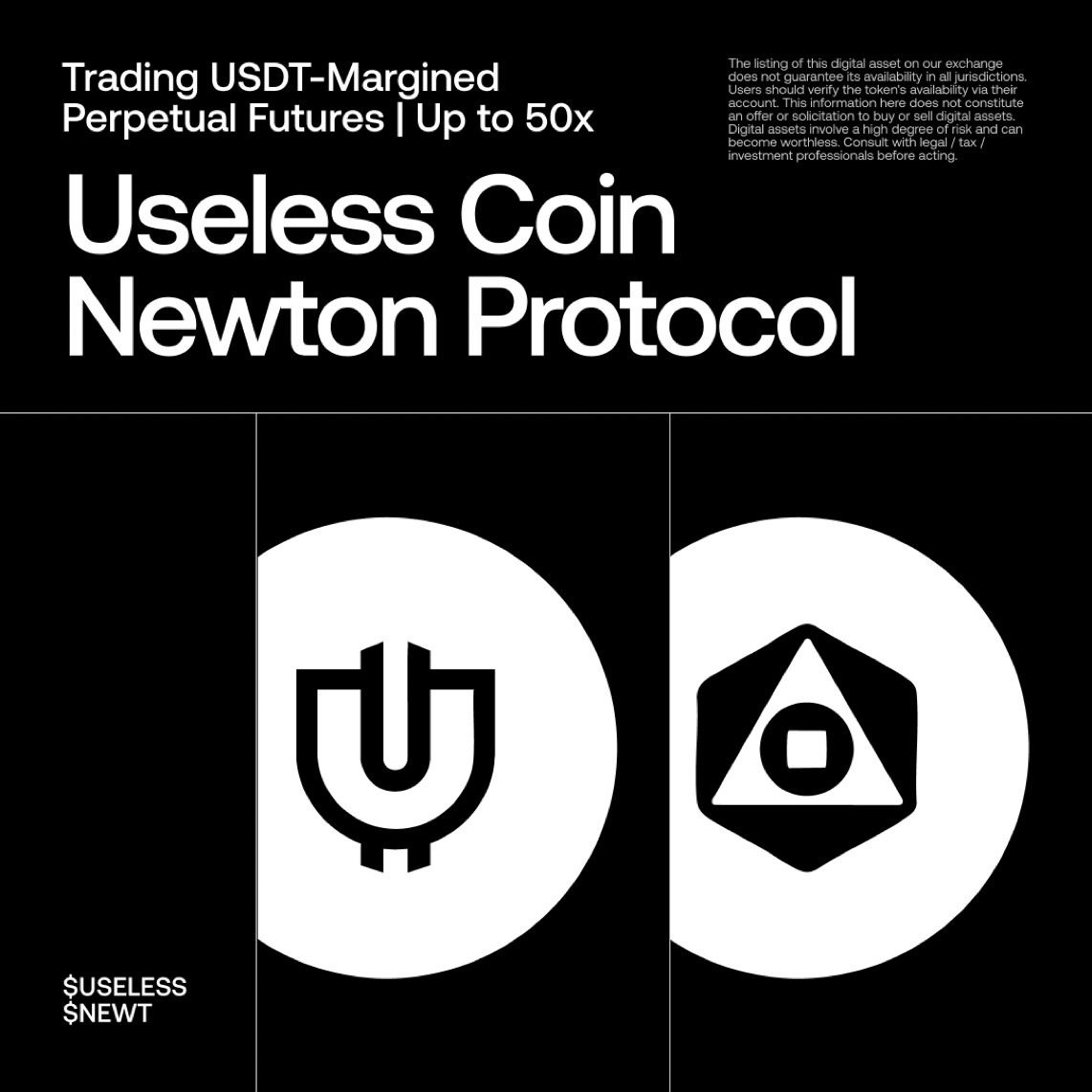Vitalik Wants to Replace Ethereum’s EVM With RISC-V — Here’s Why That’s a Big Deal
🔄 Ethereum’s Most Ambitious Upgrade Yet?
Vitalik Buterin just dropped a bombshell: Ethereum might ditch its foundational Ethereum Virtual Machine (EVM) in favor of RISC-V, an open-source hardware instruction set. This is no tweak — it’s a full-blown architecture change that could redefine how Ethereum scales, competes, and survives.
The reason? Efficiency. Speed. Zero-knowledge proof optimization. And a shot at finally shedding the clunky baggage that holds Ethereum back in the age of lightning-fast chains like Solana.
💡 Why Replace the EVM?
Ethereum’s EVM has been the backbone of smart contracts for nearly a decade — but it’s aging fast. In his April 20 post, Buterin made it clear: Ethereum’s execution layer is the bottleneck, and it won’t survive long-term unless it evolves.
RISC-V — widely used in chip design and open to innovation — could bring:
- ⚡ Faster execution
- 🔒 More efficient ZK proofs
- 🧩 Simplified architecture for developers and clients
It’s Ethereum’s answer to monolithic competitors like Sui and Solana — blockchains that are fast, scalable, and aggressively optimized.
🧑💻 What Changes (and Doesn’t) for Developers?
Here’s the twist: Solidity and Vyper aren't going anywhere.
- Developers would still use familiar languages.
- Smart contract abstractions like accounts, storage, and cross-contract calls stay intact.
- RISC-V becomes the backend, not the front-end headache.
But if you want to go deeper? You could write in Rust, which compiles directly to RISC-V — though Vitalik admits it’s less user-friendly than Solidity.
Bonus: EVM contracts and RISC-V contracts will coexist. Interoperability is a core goal, and syscalls will bridge the two.
📉 Why Now? Ethereum Fees Are Tanking
Let’s talk economics. Ethereum’s average fee in April 2025? Just $0.16 per transaction — the lowest since 2020. Great for users. Bad for Ethereum’s sustainability.
Rollups are scaling, sure, but they’re also pushing activity off the main chain. That means lower base-layer revenue, less incentive for validators, and a creeping existential question: how does Ethereum fund itself long-term?
RISC-V could change that:
- 🧠 Boosts L1 efficiency
- 🔄 Lowers proof costs
- 💰 Opens the door to stronger fee markets
🧠 Why RISC-V, Specifically?
RISC-V is open, modular, and already supported by the ZK community. According to Buterin, it’s perfect for:
- Building provably correct execution environments
- Making zero-knowledge proof generation faster and cheaper
- Letting Ethereum clients and rollups optimize with real hardware-level instructions
Basically, it’s the upgrade the EVM can never be.
🤔 But Is It Worth It?
Not everyone’s sold.
Adam Cochran, partner at Cinneamhain Ventures, agrees the benefits are real — but he’s questioning the cost of disruption. He warns that:
- The transition could be brutal
- L2s might not benefit as much
- Ethereum risks fragmentation during implementation
Still, Buterin’s push is bold — and Ethereum’s survival might depend on bold.
📉 ETH Price Pressure + Competition = Clock’s Ticking
ETH isn’t having the best year. It recently dropped to $1,580, and with aggressive moves from newer chains, some analysts fear a further slide to $1,100 if Ethereum doesn’t regain momentum.
The EVM upgrade could be Ethereum’s ace in the hole — but it needs buy-in from the ecosystem, tooling updates, and community alignment.
🧠 TL;DR
- Vitalik proposes replacing Ethereum’s EVM with RISC-V for better scalability and ZK optimization
- Solidity & Vyper stay; contracts gain speed under the hood
- Ethereum is battling low fees, falling ETH price, and growing L1 competition
- Critics say the transition could be complex, but supporters see it as a necessary evolution
- If successful, RISC-V could cement Ethereum’s role as a next-gen smart contract powerhouse
Ethereum’s future is being rewritten — literally. And it might not be on the virtual machine it started with.

Recent News
All Time High • Live
Have questions or want to collaborate? Reach us at: info@ath.live











